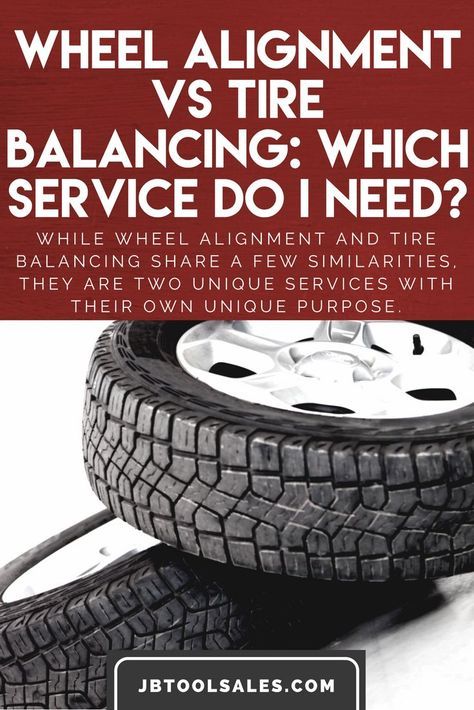Disclosure: We may get commissions for purchases made through links in this post.
Sooner or later, you would need to have new tires installed or mounted due to wear and tear. These new tires will also require balancing to ensure better drive train performance, smooth ride, and reduced tire wearing; in fact, balancing is also part of regular car maintenance. Knowing how much it costs to mount and balance tires allow you to allot a budget to keep your vehicle in tip-top condition.
So, how much does it cost to mount and balance tires? The exact cost of mounting and balancing your tires will depend on many factors, such as tire size, your location, and the company doing the job. For instance, off-road vehicle tires will be around the mid-range price since they have big tires.
To help you set the right budget, let’s look into the average cost of balancing and balancing and mounting services. We’ll also talk about companies that offer some of the most affordable services for most types of vehicles. Then, we’ll provide answers to some of the most frequently asked questions about tire mounting and balancing.
The number one factor determining the cost of mounting and balancing your tires is your vehicle’s type. The larger the vehicle, the higher the price since they have larger tires.
As of writing, you’ll expect to pay from $13 to $45 to mount one tire or $52 to $180 for four tires. In terms of balancing, it would be around $10 to $15 for each tire or approximately $40 to $60 for all tires.
However, the price would be a bit higher if you plan to have winter tires installed. Expect to add from $8 to $10 per tire.
The price range itself tells you that some companies charge lower than others. Likewise, most companies offer packages wherein balancing is already included in the installation or mounting price. Some even include other services.
Some even include other services.
For reliable companies that can mount and balance your off-road vehicle tires at a cost-efficient price, the top options are Walmart, Discount Tire, BJs, NTB, and Costco.
Among the most popular retail corporations in the US, Walmart Inc. offers several tire services for cars, ATVs, and UTVs.
For mounting and balancing, the current package ranges from $48 to $60 for four tires or $12 to $15 per tire if you bought the tires from Walmart. The rate includes lifetime rotation and balancing for every 7,500 miles and new valve stems, TPMS service, and 50-mile lug re-torque. Since tire disposal isn’t included, expect to pay around $1.50 for each tire or $6.
An optional add-on is the road hazard warranty that costs $10 per tire or $40 for the four tires bought at Walmart. It will cover flat tire repairs and any unforeseen road hazard and replace non-repairable tires with at most 25% tread wear.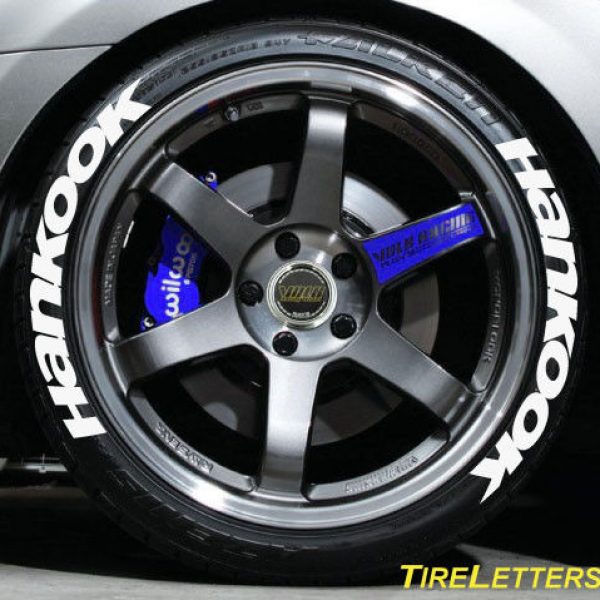
Considering every fee, service, disposal, and warranty, how much does it cost to mount and balance tires at Walmart? Well, you would spend between $90 and $106.
On the other hand, you would need to pay an additional $10 per tire or $40 for four tires if you purchased the tires from a different company. Thus, expect to pay between $88 to $100 for four tires. Of course, you would also need to pay the disposal fee if you’ll leave the old tires.
So, how much in total would you pay if you didn’t purchase the tires at Walmart? That would be between $94 and $106, without a warranty, of course.
Don’t prefer to have your tires balanced and mounted at Walmart? Maybe because of the long line, or they’re not a tire-specific company? Discount Tire would be your best option, whether you have a small car, Jeep, ATV, or UTV.
As a USA-based tire and wheel retailer, the quote provided by Discount Tire for the wheel and tire package you bought from them already includes services. If you only purchased the tires or have tires from other companies, you’d be charged around $21 to $33 per tire or $84 to $132 for four tires. This installation price covers mounting, lifetime balancing and rotating, new valve stems, flat repairs, airchecks, and inspections.
If you only purchased the tires or have tires from other companies, you’d be charged around $21 to $33 per tire or $84 to $132 for four tires. This installation price covers mounting, lifetime balancing and rotating, new valve stems, flat repairs, airchecks, and inspections.
Similar to Walmart, the disposal fee isn’t included in the quote. Discount Tire will charge around $2.75 per tire or $11 for four tires.
How about the road hazard coverage at Discount Tire? Unlike other tire servicing companies, Discount Tire refers to this as the Certificate for Repair, Refund, or Replacement. Its cost is approximately 15% or 16% of the tire’s price tag. This “warranty” is valid for three years from the date of purchase.
Although you’ll find that BJs Tire Center offers the greatest value for your money, they’re not at the top of our list because they only install tires bought from them. Nonetheless, they have several tire brands available such as Goodyear, Michelin, and Bridgestone.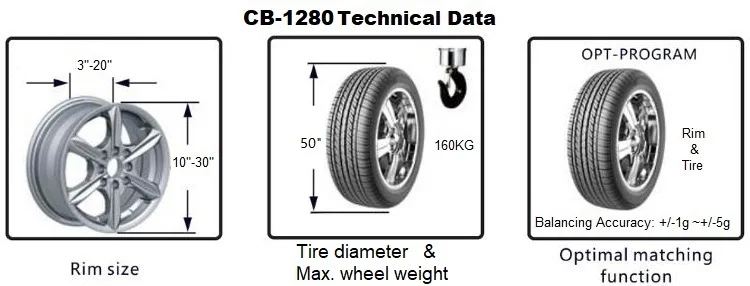
Members of the warehouse club would need to pay around $20 for installing or mounting one tire. This package includes lifetime balancing and rotation, inflation checks, flat repairs, new valve systems, tire disposal, and a three-year road hazard warranty.
However, you would need to pay approximately $5 per tire for the TPMS kit. Therefore, in total, you would need to pay about $60 for four tires.
Another option you might want to consider because they have branches in several states, NTB or National Tire & Battery, doesn’t offer better packages than Walmart and Discount Tire.
The company’s fee is around $17 per tire or $68 for four tires, including lifetime balancing and rotation. For the TPMS kit, you would need to pay $8 per wheel, while you would need to spare $3 per tire for the disposal fee. Lastly, the cost for the hazard warranty is 16% of the tire’s cost. Overall, you need to prepare at least $122 for four tires.
The best thing about NTB is they have lots of promotions and coupons that you can take advantage of by visiting their deals and savings page.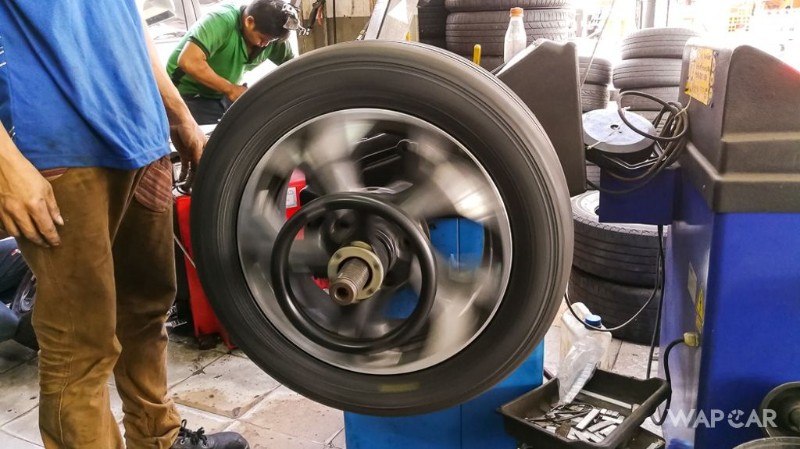 They also offer many car maintenance services, so you can have almost everything done to help save you time.
They also offer many car maintenance services, so you can have almost everything done to help save you time.
Exclusively for members, Costco offers tire mounting at a rate of $18.99 per tire or almost $76 for four tires, which include nitrogen tire inflation, lifetime balancing, rotation, air pressure checking, and flat repairs, plus new valve stems and tire disposal. On top of that, you’ll enjoy five years of road hazard warranty. For TPMS, you would need to pay an additional $3 per tire.
One problem with Costco is that they don’t install UTV tires for street use and ATV tires. However, they sell Greenball tires (View on Amazon) for these rides and have them delivered directly to your home. Also, you’ll only find three tire brands for cars: BFGoodrich, Michelin, and Bridgestone (View on Amazon).
Nonetheless, members will also enjoy service center discounts through the Costco Auto Program.
Let’s tabulate the numbers, perks, and additional costs to help you compare each company easily and quickly.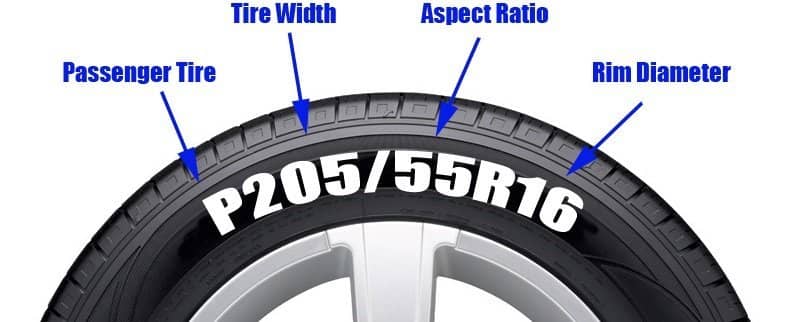
| Company | MinimumCost per Tire | Inclusions | AdditionalCosts per Tire |
|---|---|---|---|
| Walmart | $15 ($25 for non-Walmart tires) | TPMS KitsLifetime Balancing and RotationLug Re-torqueNew Valve Stems | $10: Road hazard warranty$1.50: Tire Disposal |
| Discount Tire | $21 | TPMS KitsLifetime Balancing and RotationNew Valve StemsInflation checks | $2.75: Tire Disposal$15 to 16% of Tire Cost: Warranty |
| BJs | $20 | Lifetime Balancing and RotationNew Valve StemsInflation checksFlat RepairsTire DisposalRoad Hazard Warranty (Three Years) | $5: TPMS Kit |
| NTB | $17 | Lifetime Balancing and Rotation | $8: TPMS Kit$15 to 16% of Tire Cost: Warranty$3: Tire Disposal |
| Costco (Members-Only) | $18.99 | Lifetime BalancingLifetime RotationLifetime Inflation ChecksLifetime Flat RepairsNew Valve SystemsTire DisposalRoad Hazard Warranty (Three Years) | $3: TPMS Kit |
There would be times when you would only need to have your tires balanced without replacing the tires, as this is part of maintenance.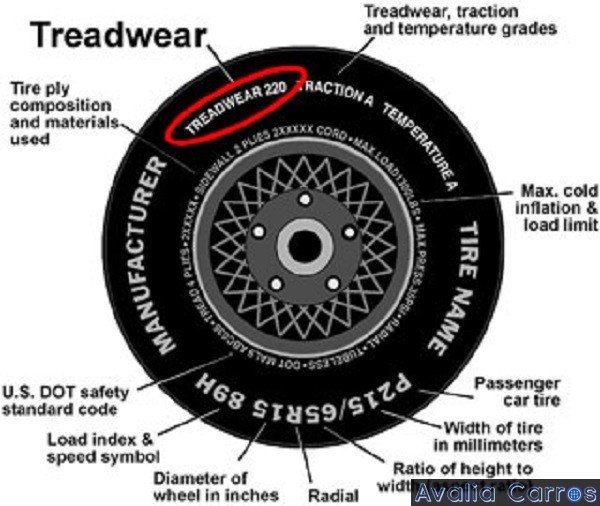 Most experts suggest that you have them balanced every 24 months or every 5,000 to 7,500 miles.
Most experts suggest that you have them balanced every 24 months or every 5,000 to 7,500 miles.
Thus, although the companies we mentioned above include lifetime balancing, you might not currently enjoy the said perk since you have your tires mounted by a different company.
Here are expected average costs per tire when you visit the companies mentioned above:
Now that you’re familiar with the cost to mount and balance tires, you probably have a few questions in mind. We’ve answered common questions to help you understand better why it’s essential to set a budget for tire mounting and balancing.
Understandably, you might want to mount and balance your tires because of the high cost. However, it might cost you more if you do so because you don’t have the right pieces of equipment and tools. You might end up damaging the wheels and tires or not achieving the proper balance, risking your safety and car’s performance.
However, it might cost you more if you do so because you don’t have the right pieces of equipment and tools. You might end up damaging the wheels and tires or not achieving the proper balance, risking your safety and car’s performance.
Whether driving off-road or on-road, professionals do not recommend one-tire replacement due to differences in tread patterns, resulting in stability issues, especially when driving at high speed. You’ll also notice vibrations, noises, and other unpleasant issues that make driving very inconvenient and unsafe.
You can, however, have two pairs replaced, such as both front tires or both rear tires. Still, it’s always best to have four tires replaced at the same time.
Definitely! There are tire recycling centers where you can bring your old tires, so you don’t have to pay the tire disposal fee. If you’re into DIY crafting, you may also repurpose your old tires into usable and decorative items.
The average cost of mounting and balancing a new set of tires is around the hundred-dollar mark, which will be nearly $150 for larger units like Jeeps and ATVs. Yes, it’s costly because you also need to purchase tires, but it won’t be as expensive as when you get into an accident due to unreliable tires.
The five companies we included on this list allow you to purchase tires without worrying about where you can have them mounted and regularly balanced. Choose the company that works best for your budget and specific needs. If you need to have your ATV or UTV tire (Check Amazon for Price) replaced or serviced, though, Walmart will be your best option and most affordable option.
https://reviews.cheapism.com/best-price-tire-installation-7-chains-face-4204/#close
https://icdsc.org/average-tire-mount-and-balance-cost/
https://www.cashcarsbuyer.com/cost-to-mount-and-balance-tires/
https://www.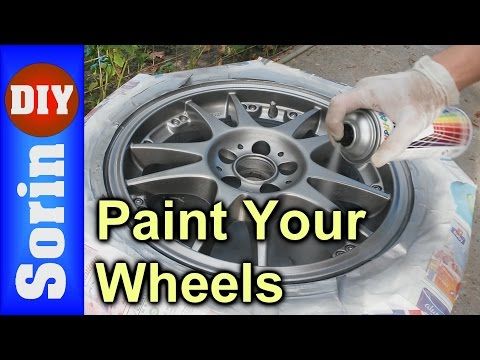 motorverso.com/cost-to-mount-and-balance-tires/
motorverso.com/cost-to-mount-and-balance-tires/
Picking Tires – What is the average price to get tires mounted and balanced
The cost of mounting and balancing services typically varies from one shop or service center to the next. This price also tends to differ in a number of cases, based upon tire size, and whether or not a wheel is equipped with TPMS sensors. In other words, this overall installation price is largely dependent upon the exact circumstances of the job.
Tire installation costs and tire balancing costs also fluctuate based upon the terms of any service plans that are selected at the time of service, whether or not a tire disposal fee is mandated, and if the tires in question are to undergo standard or road force balancing.
Nonetheless, the average cost to mount and balance a tire falls within a range of $15-$60.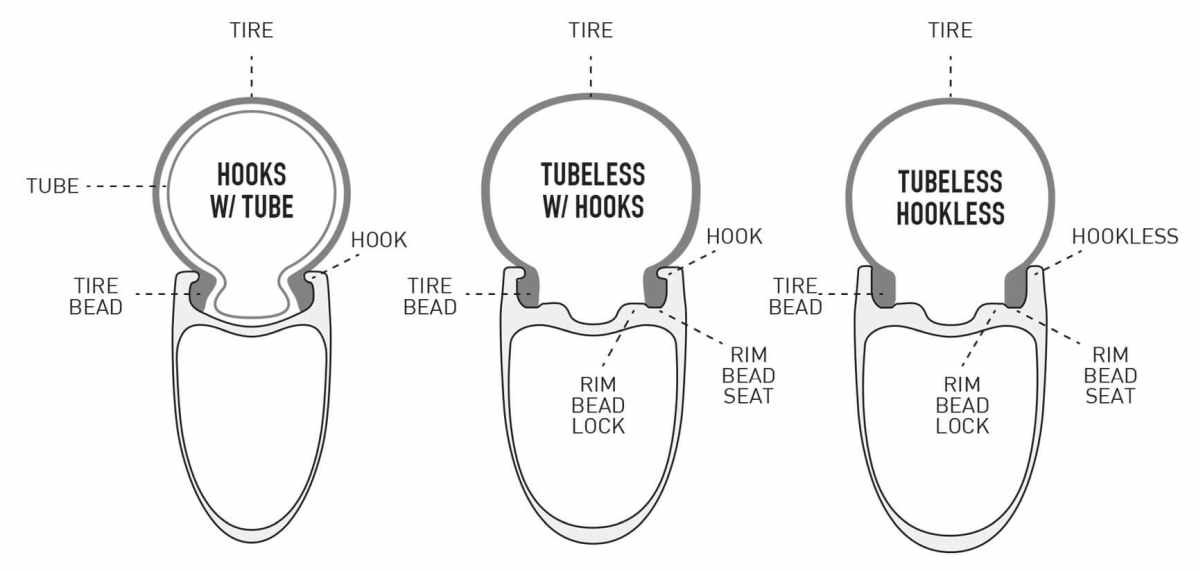 The lower end of this spectrum largely applies to smaller sedan tires mounted on steel wheels and balanced on a standard balancing machine. On the other end of the spectrum are large or low-profile tires, mounted on custom rims and balanced with the use of sticky weights.
The lower end of this spectrum largely applies to smaller sedan tires mounted on steel wheels and balanced on a standard balancing machine. On the other end of the spectrum are large or low-profile tires, mounted on custom rims and balanced with the use of sticky weights.
It is also worth mentioning that some shops charge premium prices to mount tires over a certain size, or to mount tires on custom rims of any type. For this reason, it is worth calling ahead to verify pricing ahead of time, in order to ensure that no surprise charges are incurred. Most chain-type service centers also provide such pricing on their websites.
What are the costs of labor?Generally speaking, virtually all of the expense associated with mounting and balancing tires comes in the form of labor.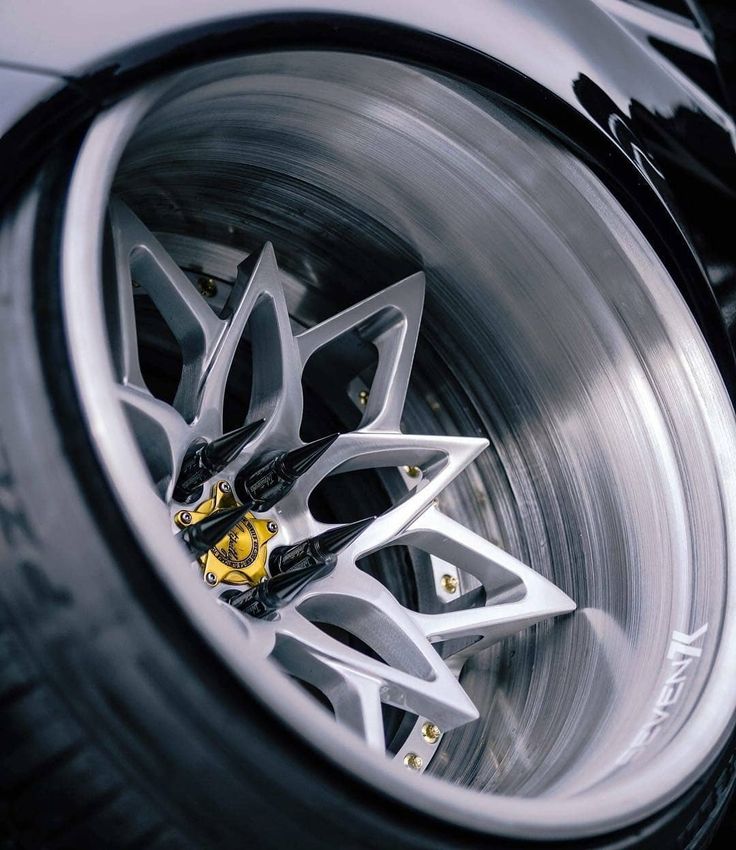 This is due to the fact that little in the way of actual supplies are used during the mounting and balancing process.
This is due to the fact that little in the way of actual supplies are used during the mounting and balancing process.
However, instead of charging based upon their typical hourly rate, most shops charge a set fee per tire wheel when mounting and balancing tires. This fee typically includes any usage of supplies, thereby eliminating any need to tally such costs separately.
Read Also: How much do tire chains cost?
What are the costs of parts?As mentioned, there are very few occasions in which a shop will charge separately for supplies used during the mounting and balancing process. This stems from the fact that the only supplies used during services of this type are wheel weights and a small amount of bead lubricant.
In the grand scheme of things, this charge is extremely minor, in comparison to that associated with the input of labor required to mount and balance a tire. In fact, no more than $5 of the entire cost associated with such services is likely to be attributed to parts/supply usage.
Tire mounting and balancing is a necessary part of purchasing new tires and is largely descriptive of the tire installation process as a whole. This involves dismounting your vehicle’s old tires, before mounting the new set of tires that you have purchased. A tire shop or automotive service center will then balance your car’s tires.
Simply put, tire mounting and balancing will be required at any point that tire replacement is deemed necessary, whether due to excessive tread wear or extensive damage. Tire mounting and balancing might also be required in the face of a flat tire or tire pressure loss that necessitates tire repair. This is due to the fact that a tire must be dismounted to be repaired correctly.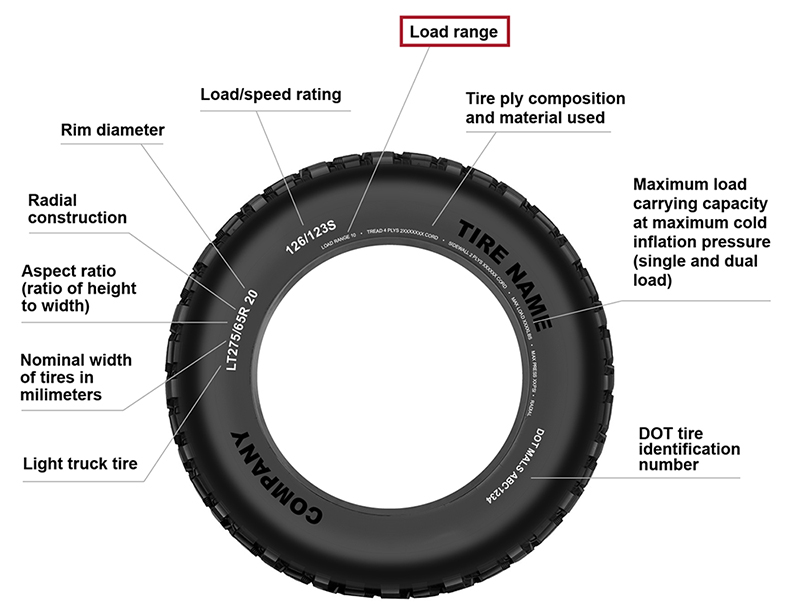
The failure of a wheels tire pressure monitoring sensor also makes it neccessary to dismount, mount, and rebalance a tire, as the sensor in question is internally situated. A technician must break a tire down, in order to gain access to the faulty sensor, which is ultimately discarded in favor of a new, fully-functional replacement.
Another instance in which tire mounting and balancing might be required is whenever a motorist chooses to install tires of a special design for seasonal use. This is the case whenever winter tires are placed onto a vehicle, in preparation for treacherous road conditions to come. Upon installation, these new snow tires must be balanced, to provide a quality ride.
How Much Does It Cost To Mount And Balance A Tire At The Dealer Vs Other Places?In most cases, one can expect a dealership to charge toward the higher end of the above mentioned price spectrum, when mounting and balancing tires. This price is usually north of the $40 per tire mark, with similar services at some dealerships even costing considerably more.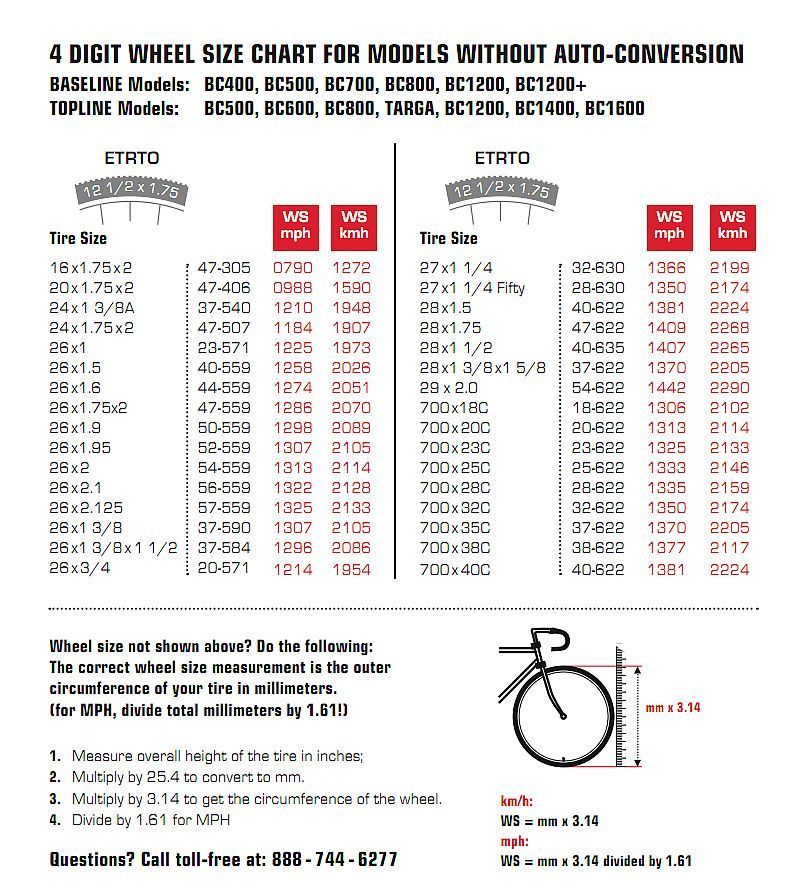
At a dealership, your tires will more than likely be mounted with the use of a premium, precision tire machine, complete with all of the necessary adaptors to prevent bead damage, even in the most difficult of cases. Additionally, the majority of dealerships have now transitioned to the use of specialized road force balancers, which tend to be extremely precise.
Vs Walmart Tire/Lube ExpressWalmart currently charges $10 a piece to mount tires and provides balancing services for a fee of $14 per tire. However, it is worth mentioning that this one-time $14 dollar fee gets consumers free rotation and balance of any tire for which it is charged. Simply put, for $24, you can have a tire mounted/balanced, and return as often as you would like for balancing, free of charge.
Vs Discount TireThe exact price charged by Discount Tire to mount and balance tires varies from one region to the next. However, the general average cost for these services tends to be tight around $22 per tire. However, for this fee consumers also get free lifetime tire rotations and balances, as well as full-depth road hazard coverage.
However, for this fee consumers also get free lifetime tire rotations and balances, as well as full-depth road hazard coverage.
Costco is yet another mega-retailer, which offers several in-house automotive services. The store offers a combined mount and balance service, which costs 18.99 per tire. However, there is one major factor that consumers must keep in mind. Costco will only mount and balance tires that they have sold, barring installation of tires from all other sources entirely.
Vs Sam’s ClubLike its parent company Walmart, Sam’s Club also offers tire mounting and balancing services at many of its locations. The wholesale retailer currently mounts and balances tires for $20 a piece. For this price, you not only get a tire mounted and balanced, but recieve lifetime mount and balance services for that particular tire as well. This package also include free lifetime flat repairs as well.
Vs Pep BoysPep Boys is yet another large national chain, known for offering quality automotive service. Generally speaking, the cost associated with having tires mounted and balanced at Pep Boys varies, based upon location, and the type of tire that is to be serviced. However, service of this type averages approximately $30 per tire, though this price increases significantly for tires of the premium variety.
Generally speaking, the cost associated with having tires mounted and balanced at Pep Boys varies, based upon location, and the type of tire that is to be serviced. However, service of this type averages approximately $30 per tire, though this price increases significantly for tires of the premium variety.
Read Also: How much do tire rotations usually cost?
Where Should You Go Get A Tire Mounted And Balanced At The Best Price?It is not hard to find the value in Discount Tire’s mounting and balancing services. The company offers such services at a price that is on par with, if not below the industry average. Even more impressive is the fact that Discount Tire offers consumers plenty of bang for their buck at this price point as well, offering a number of complimentary warranties and service packages.
Each tire mounted and balanced by Discount Tire receives a free lifetime service package, thereby eliminating any costs attributed to having this tire rotated or balanced at a later date.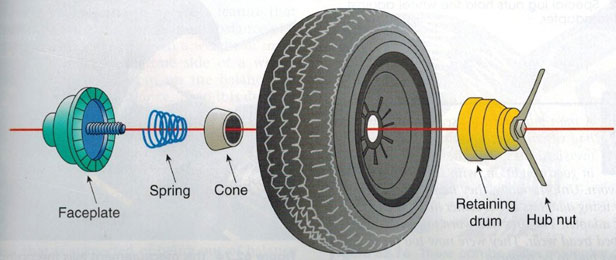 I feel like this is a nice touch, as it prevents constant expenditure on a customer’s behalf, throughout the life of the tire itself.
I feel like this is a nice touch, as it prevents constant expenditure on a customer’s behalf, throughout the life of the tire itself.
With more than 1,000 store-front locations, consumers are also presented with no shortage of options when having their tires serviced. In fact, there are few destinations in the continental United States that a motorist can travel to, and find themselves further than a short drive away from the nearest Discount Tire. For me, this would provide significant peace of mind beyond the normal.
It is also worth mentioning that Discount Tire puts each of its tire technicians through rigorous training to ensure that they are qualified to tackle most any tire related endeavor that they undertake. I feel as if this additional training goes a long way toward making sure that specialty tires, such as those of a low-profile design, are not damaged during the mounting process.
How To Avoid Getting Ripped Off When Getting A Tire Mounted And Balanced?The most significant way to avoid being ripped off when having a set of tires mounted and balanced is to only trust reputable, well-established shops. Tire shops and service centers rely upon word of mouth to bring in business. Therefore, a shop that carries a near-spotless reputation is likely to be worth dealing with.
Tire shops and service centers rely upon word of mouth to bring in business. Therefore, a shop that carries a near-spotless reputation is likely to be worth dealing with.
This vetting practice of sorts is important, due to the fact that a tire can actually be irreparably damaged during the mounting process if handled by inexperienced personnel. If a tire’s bead is not sufficiently lubricated, and force is not applied at the right location, the bead and sealing surface of a tire can rip, rendering it useless.
Additionally, to balance tires correctly, a technician must be patient, attentive, and experienced. Balancing tires is somewhat of an exact science, requiring one to be focused and at their best to achieve the desired results. This is of the essence, as unbalanced tires can make for a harsh ride at moderate speeds.
You can easily check to see if your tires were balanced after they were mounted, by checking for the presence of new, aluminum wheel weights, On the other hand, if you notice that your vehicle’s wheel still has one or more dingy, aged wheel weights in place, you are likely safe to assume that no true balancing has taken place.
Most service centers apply a set charge when mounting and balancing a set of tires. This fee tends to be non-negotiable, though in select cases, a shop might suspend such charges if the tires being mounted were purchased in-house. However, this will not be a possibility, if you have already purchased your own tires, via a third-party retailer such as Amazon or Tire Rack.
Money can also be saved on future mount and balance costs, by planning ahead when purchasing a new set of tires. While this level of planning generally includes a little additional expenditure initially, one stands to save a sizable amount of cash in the long run as a result.
It is always advisable to have your wheel’s valve stem replaced at the time of new tire installation services. Doing so adds little more than $2-$3 to any impending installation fees, and potentially saves you from having to have a tire dismounted, remounted, and rebalanced in the near future, all on behalf of an aged valve stem.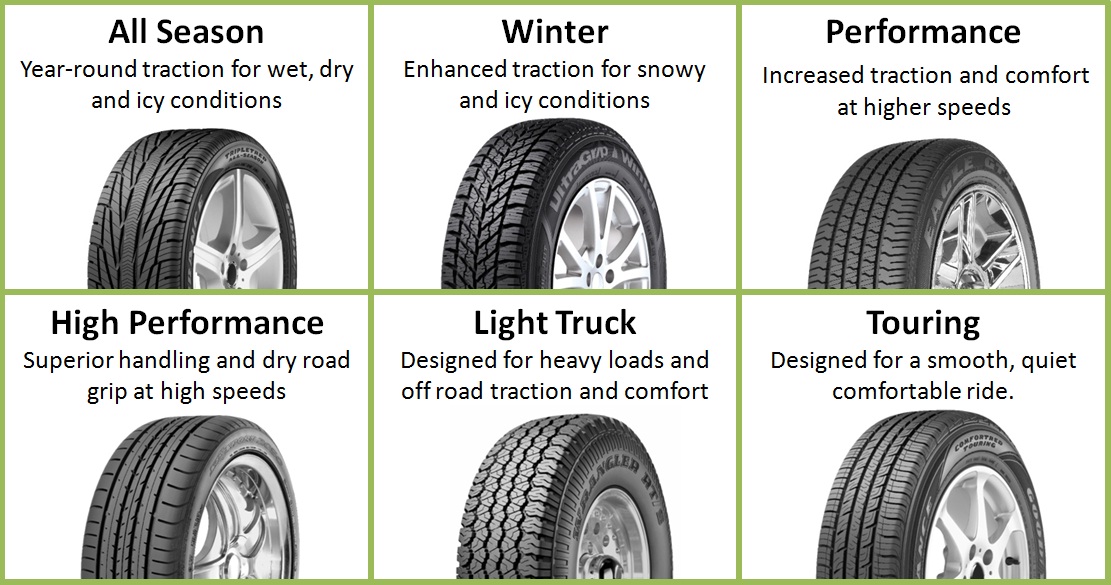
Likewise, it is important to consider purchasing any additional Road Hazard warranty coverage that is offered when buying a new set of tires. Purchasing this coverage largely eliminates any mount and balance-related charges that are accrued through future maintenance services, such as flat repairs.
Of course, money can always be saved by going the extra mile to properly maintain the tires that you already own. This, in turn, drastically reduces the number of tires that a vehicle goes through during its service life. Getting periodic wheel alignments and tire rotations goes a long way toward accomplishing this goal.
Finding a great tire shouldn’t be this hard. Check out some of these other helpful guides to help you find the perfect tire.
Almost always the center of mass of the wheel does not coincide with the geometric center. Such a wheel, when driving, causes increased vibration of the vehicle, which leads both to a decrease in comfort and to wear of the steering and wheel suspension elements, and increases tire wear.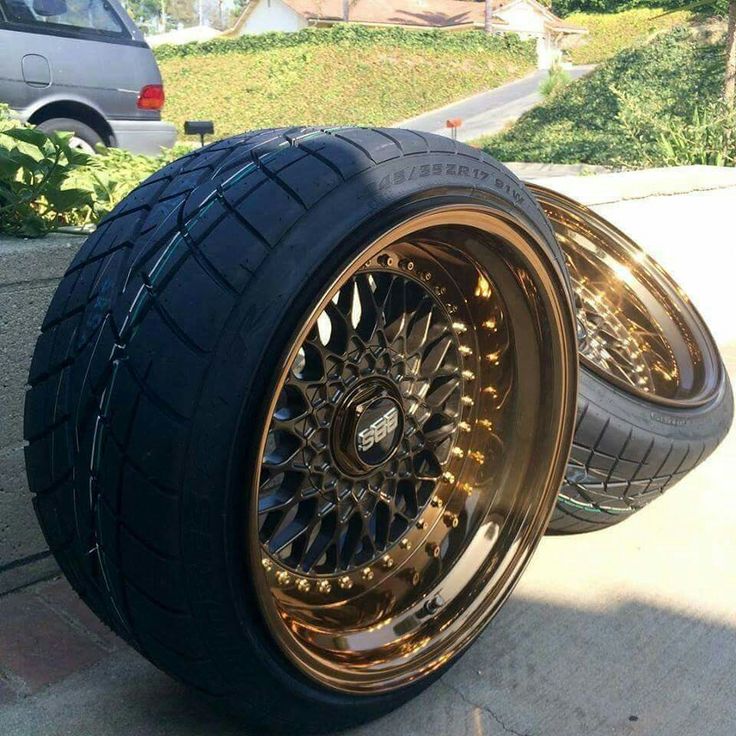 Moreover, the shock load on the suspension turns out to be quite noticeable - an imbalance of only 20 grams on a 14-inch wheel at a car speed of 100 km / h is equivalent to the impact of a sledgehammer weighing 3 kg, hitting the wheel at a frequency of 800 times per minute!
Moreover, the shock load on the suspension turns out to be quite noticeable - an imbalance of only 20 grams on a 14-inch wheel at a car speed of 100 km / h is equivalent to the impact of a sledgehammer weighing 3 kg, hitting the wheel at a frequency of 800 times per minute!
The rear wheels must be balanced in the same way as the front wheels. Compared to the front wheels, the imbalance of the rear wheels is less noticeable, but this does not mean that it does not exist. In addition to the suspension problems listed above, wheel imbalance leads to uneven wear of the rubber itself.
Balancing must be carried out regularly, as the occurrence of wheel imbalance occurs due to wear of rubber, deformation of the disk (when it enters the hole) and when taking shape. Therefore, balancing must be carried out when: mounting a tire on a rim, 500 km after installing a new tire, and after falling into a large hole.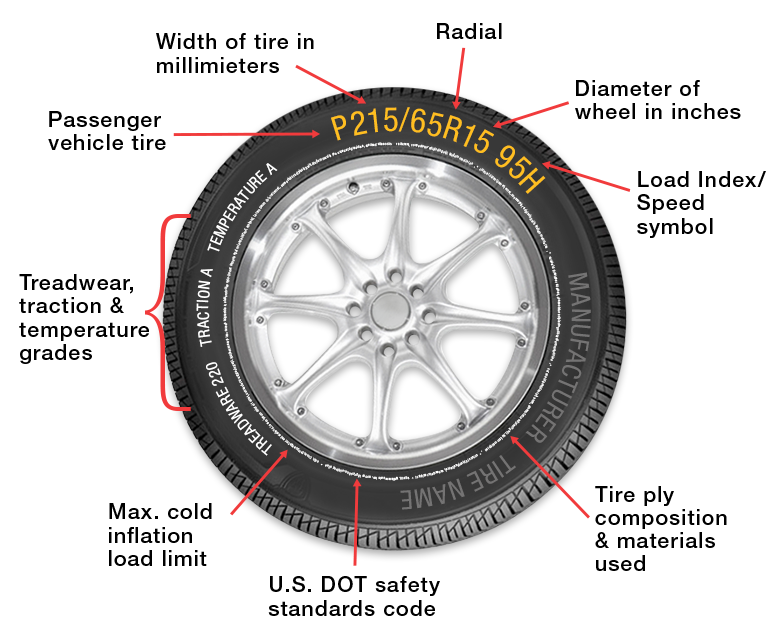
After tire fitting, a clean wheel is placed on a wheel balancer and centered using a cone. The wheel parameters are set at the stand, after which the computer gives the tire fitter information about where and how much weight the goods need to be weighed. When balancing, stuffed weights for stamped rims and adhesive universal weights can be used.
On a new wheel with a new rim, the load weight must not exceed 60 grams. If the mass of the attached load is greater, you need to make sure that the wheel is assembled correctly or find the reason for the impossibility of performing the correct balancing (worn tire, bent disc).
If the wheel is balanced and removed from the stand, ask, for the sake of interest, fix it there again and check the imbalance. The possible variation in readings when reinstalling wheels with steel rims is plus or minus 5 grams on both sides, and with alloy wheels - 3-5 grams on both sides.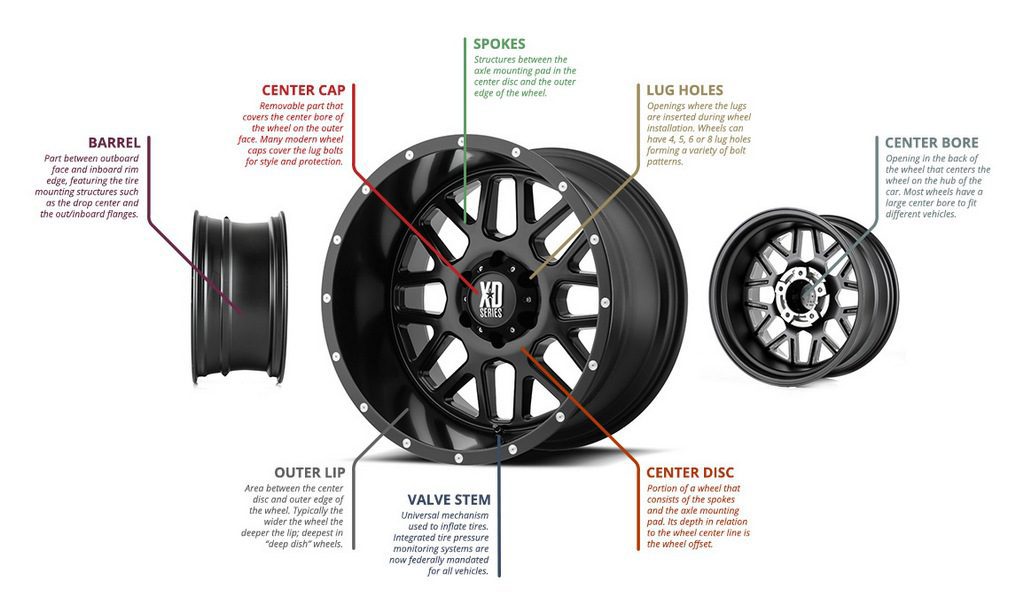 The larger and heavier the wheels, the more tangible is the impact of the errors in fixing the wheels on the machine on the quality of balancing. Of course, it is impossible to make a perfectly balanced wheel, and since we are talking about a disk-tire set, the quality of the wheel assembly directly depends on the quality of each of these components. Therefore, there are certain ranges - tolerances within which the existing imbalance is considered acceptable. 10 grams is the maximum allowable unbalance value. This value is due to tolerances when centering the rim.
The larger and heavier the wheels, the more tangible is the impact of the errors in fixing the wheels on the machine on the quality of balancing. Of course, it is impossible to make a perfectly balanced wheel, and since we are talking about a disk-tire set, the quality of the wheel assembly directly depends on the quality of each of these components. Therefore, there are certain ranges - tolerances within which the existing imbalance is considered acceptable. 10 grams is the maximum allowable unbalance value. This value is due to tolerances when centering the rim.
Despite the fact that for the most part balancing is carried out along the central hole, which does not wear out during operation and is left on the disk specifically for balancing. HAWEKA has invented a method for balancing wheels using holes through which the wheel is attached to the hub. The essence of the method is as follows:
Double wheel alignment occurs according to the Haveka system: preliminary cone centering along the central hole of the disk and final - the disk is attached to the balancing stand with a flange adapter that imitates the hub studs of your car.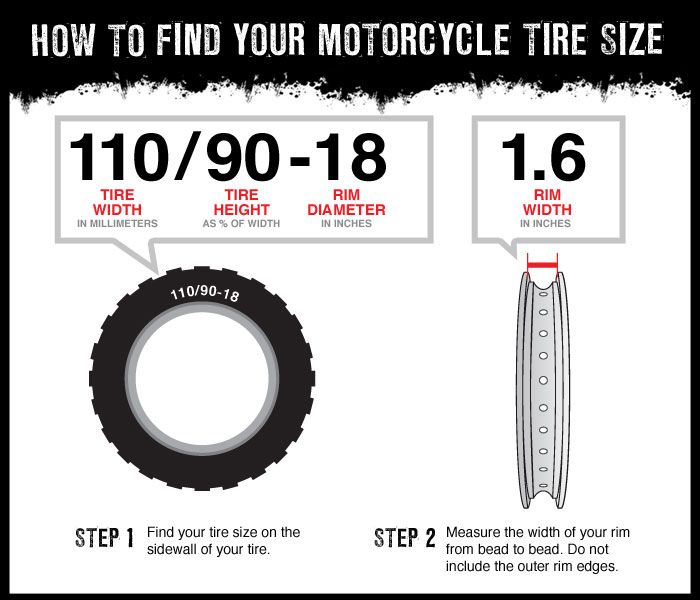 The only difference is that alloy wheels are not pre-aligned with a cone, but with a collet adapter.
The only difference is that alloy wheels are not pre-aligned with a cone, but with a collet adapter.
In some tire centers, the so-called "finish" balancing is used. However, this type of balancing cannot act as an alternative to balancing on stationary balancing stands. The final balancing device is designed for static balancing of the entire assembly, i.e. hubs with wheel and brake disc. Moreover, the ALLOWABLE weight of the weight, which corrects the imbalance of the node, is a maximum of 15 grams. It should be noted that in this case the wheel must be MANDATORY balanced.
Author: Kirill Savchenko
A modern car owner does not go into the process of wheel balancing. He perceives it as a kind of obligatory procedure for seasonal change of shoes and does not even realize how important its quality is.
He perceives it as a kind of obligatory procedure for seasonal change of shoes and does not even realize how important its quality is.
In fact, the consequences of the imbalance of a rotating body can be seen at home. Try tossing your sneakers into the washing machine and spinning it. The imbalance that appears in the drum will cause it to beat, and with an increase in speed, the washing machine will rumble and shake. Something similar happens with a car whose wheels are out of balance.
Suspension and wheel bearings, steering elements, even with an imbalance of 10-15 g, receive thousands of beats per minute with an amplitude of 0.1-0.3 mm. They may be imperceptible to the driver, but act like a concrete hammer. Inexorably destructive. In addition, the imbalance increases tire wear and makes it uneven.
Taking into account that the unbalance on each of the wheels will be different, then when driving at high speeds, the car becomes less stable. It is harder to manage, and on a slippery or wet road, the situation can completely get out of control.
So, imbalance appears when the center of mass of the wheel does not coincide with the axis of rotation. It would seem that this cannot happen on absolutely new tires or disks, because they are made in compliance with all technological requirements.
Yes, it is, but in any case, the tire does not come out perfect during the production process. Some of it may be a little thicker and heavier, some thinner and lighter. We are talking about millimeters and grams, which simply cannot be determined. After mounting on a disk, which is also not ideal due to the same technological reasons, a single structure is obtained that has a common center of mass. That is why the wheel is balanced as an assembly.
If it were a conditional thin disk, then the balancing would be only static. In this case, it is enough to balance the opposite centers of mass: the minimum and maximum. But a car wheel is wide, and therefore it needs dynamic balancing, on the outside and on the inside.
This is done with the help of special lead or zinc balancing weights weighing 5-60 g. On stamped discs, they are fastened with steel snap-on clips, on alloy wheels - with self-adhesive strips. It is impossible to correct the imbalance on your own. For this, special balancing machines are used.
On stamped discs, they are fastened with steel snap-on clips, on alloy wheels - with self-adhesive strips. It is impossible to correct the imbalance on your own. For this, special balancing machines are used.
They vary in design, from the simplest to those equipped with laser sensors. The latter allow you to determine not only the imbalance, but also the curvature of the disk or the violation of its geometry. In this case, the owner will be offered to repair the disc or may be denied balancing due to its impossibility.
But even the presence of such a machine in the tire shop will not give any guarantee that the wheels of your car will be balanced correctly. Firstly, the machine must be fixed on a solid, better concrete base and stand strictly horizontally.
Secondly, the correct data on the size of the tire and disk must be entered into its electronic unit, and the machine itself must not have wear in the rotating elements and be calibrated. Finally, the master must have the appropriate qualifications and experience - as practice shows, 90% of success depends on this factor.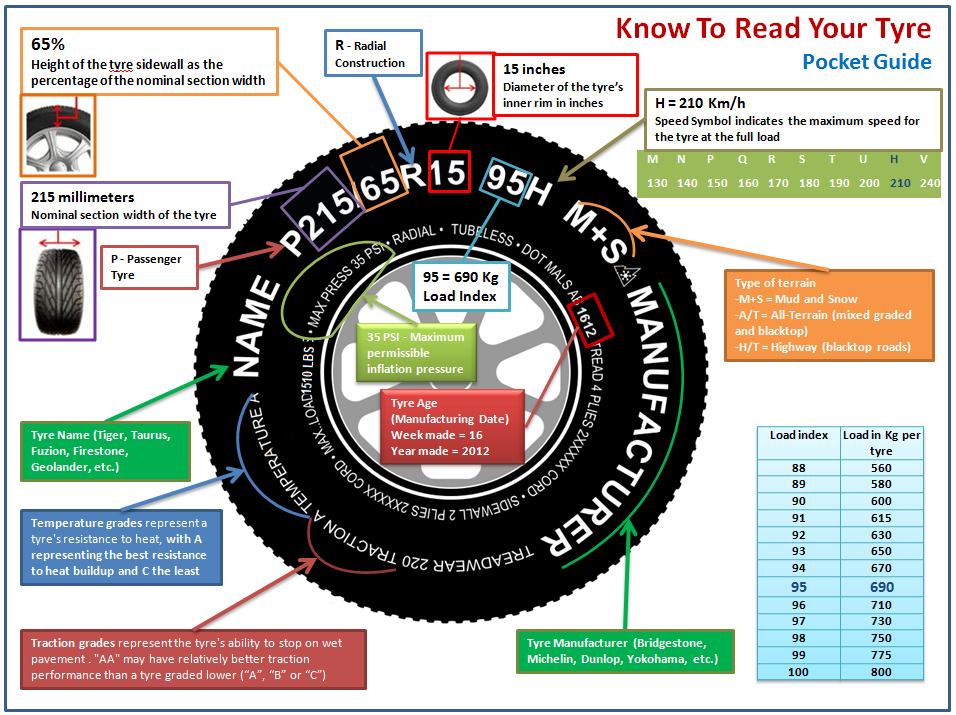
For example, if a wheel requires a significant amount of weight, he should know that turning the tire around the rim can reduce the imbalance and less weight will be needed. True, not everyone follows this rule, and here's why.
Changing the position of the tire relative to the rim in order to reduce the mass of weights required for balancing does not always lead to the desired result (the result is not known in advance!).
At the same time, labor costs for balancing and, as a result, its cost increase significantly. At the same time, a very large amount of cargo on the wheel may indicate a low qualification of the worker. On the other hand, automakers do not specify the maximum mass of weights used for balancing.
Ceteris paribus, the mass of weights required to compensate for unbalance will be minimal if they are installed at the maximum distance from the center of mass of the disk-tire system, i.e. on the bead flanges.
Installing weights closer to the center of mass of the "disc-tire" system (for example, in order not to spoil the appearance of the disk, an adhesive weight is placed on the inner surface of the rim) will inevitably lead to the need to increase their mass.
Also, the master must clean the tire from the smallest stones in the tread, and the wheel from adhering dirt. In case of deformation, be sure to inform the owner.
One of the most important things is mounting the wheel on the machine. In most cases, it is attached through the central hole of the disc. From the back, the wheel sits on a cone, and from the front it is fixed with a flange adapter and a clamping nut. This method increases the speed of the balancing process, but does not always provide perfect alignment.
Special Haweka adapters help improve this. Their essence is that the wheel is clamped on the machine through the holes for the wheel studs. At the same time, the probability of damaging the paintwork of the rim is minimal. In addition, the adapter imitates an almost exact fit of the wheel on the hub and even the required tightening torque. In this case, the balancing accuracy will be higher. Flange adapters are available for various bolt patterns and can be used on any balancing machine.
After installing the weights of the desired mass in the places indicated by the machine, the verification procedure is carried out again. If necessary, weights are either added or removed, but their weight should not exceed 5 grams. The wheel is considered balanced if the readings on the instrument panel are zero.
So when and how often is wheel balancing necessary? As a rule, in the manuals for the operation of cars, balancing is recommended every 10-15 thousand kilometers. But this is provided that the wheels were not disassembled.
That is, if the same wheels are used when changing tires seasonally, balancing is required. It is also necessary if the car has driven several thousand kilometers on bad roads or there have been cases of a wheel falling into a hole. But in this case, not one wheel is balanced, but a pair standing on the same axle.
Commentary of a SHINSERVICE specialist
Alexander Golubev
SHINSERVICE expert
Many drivers, when vibrations appear in a car, make a mistake, starting with a suspension overhaul or replacement of power unit pillows. The first thing you should pay attention to is the cleanliness of the wheels and tires. Unevenly distributed adhering mud, snow, ice, tar stuck to the tire tread after driving on a road section being prepared for repair - all this can be the cause of imbalance.
The first thing you should pay attention to is the cleanliness of the wheels and tires. Unevenly distributed adhering mud, snow, ice, tar stuck to the tire tread after driving on a road section being prepared for repair - all this can be the cause of imbalance.
The second important point is the mounting of the wheels. Each of them must be tightened to a torque in accordance with the recommendations of the automaker.
If everything is in order in this regard, then the wheel balance should be checked next. We advise you to do it only in proven specialized services, on certified equipment. And only if the measures taken have not yielded results, we recommend that you proceed to checking the setting of the front wheel angles and checking the condition of the suspension.
In any case, properly balanced wheels will avoid many problems in the future.
practice tires and wheels
Articles / Popular questions How to park on a slope and why it's important We have already talked about parking more than once: about where you can and cannot park, what will happen if you stand in a place for the disabled, and what to do if a car parked on the sidewalk interferes with you.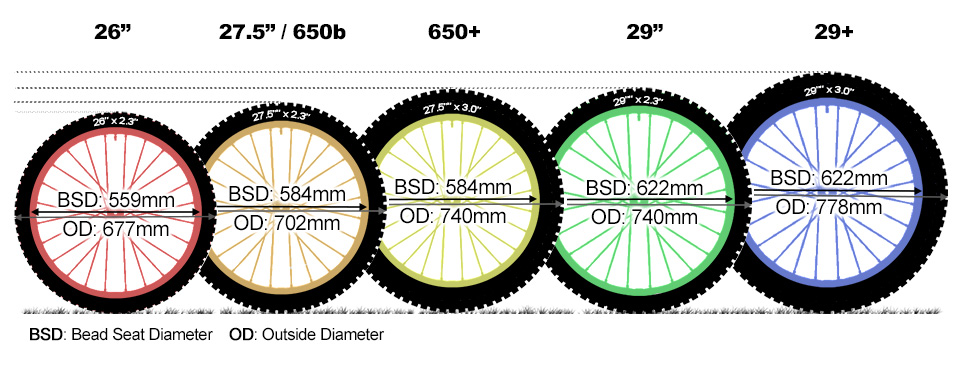 Now... 160 1 0 04/24/2023
Now... 160 1 0 04/24/2023
Articles / New cars Aspirated and two displays: first acquaintance with BAIC U5 Plus Nature, as you know, does not like emptiness. The same can be said about the market, and as soon as Western car companies began to leave Russia one by one, automakers from the... 1369 2 3 04/23/2023
Articles / History Sixteen cylinders for BMW: why the BMW V16 Goldfisch engine never became serial The confrontation between the two leading German auto giants BMW and Mercedes began back in the mid-seventies, when the first BMW "seven" appeared, which became a competitor to the first S-class with the W index . .. 1313 0 2 04/22/2023
.. 1313 0 2 04/22/2023
Test drives / Test drive 30 years of slavery: test drive GAZ-53 It would be more accurate to write “test drive GAZ-SAZ-3507 on the GAZ-53-14 chassis”, but this is too complicated. But just GAZ-53 will be recognized by everyone who managed to drink a glass of soda for one penny (with syrup... 9823 9 878 09.12.2022
Test drives / Test drive For Volvo lovers, at the price of Volvo: a test drive of the updated Geely Tugella We first met Geely Tugella exactly two years ago, in November 2020.